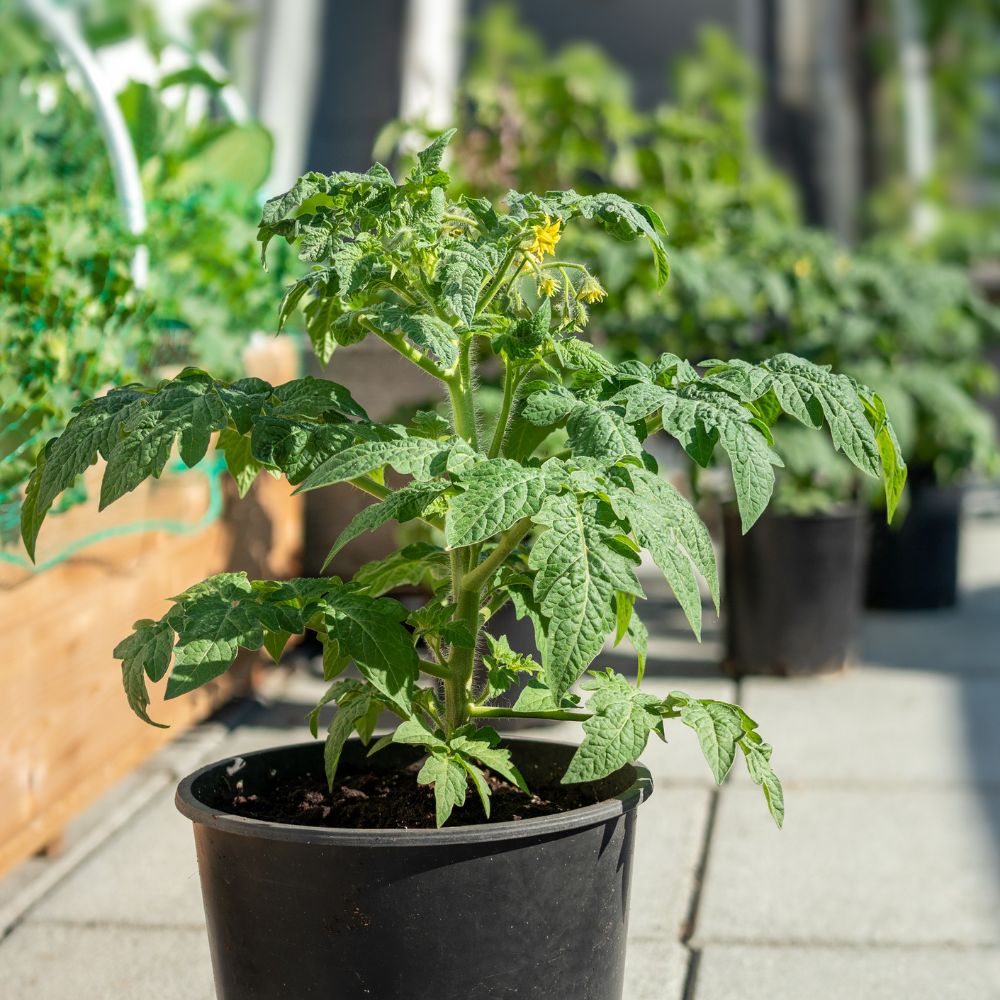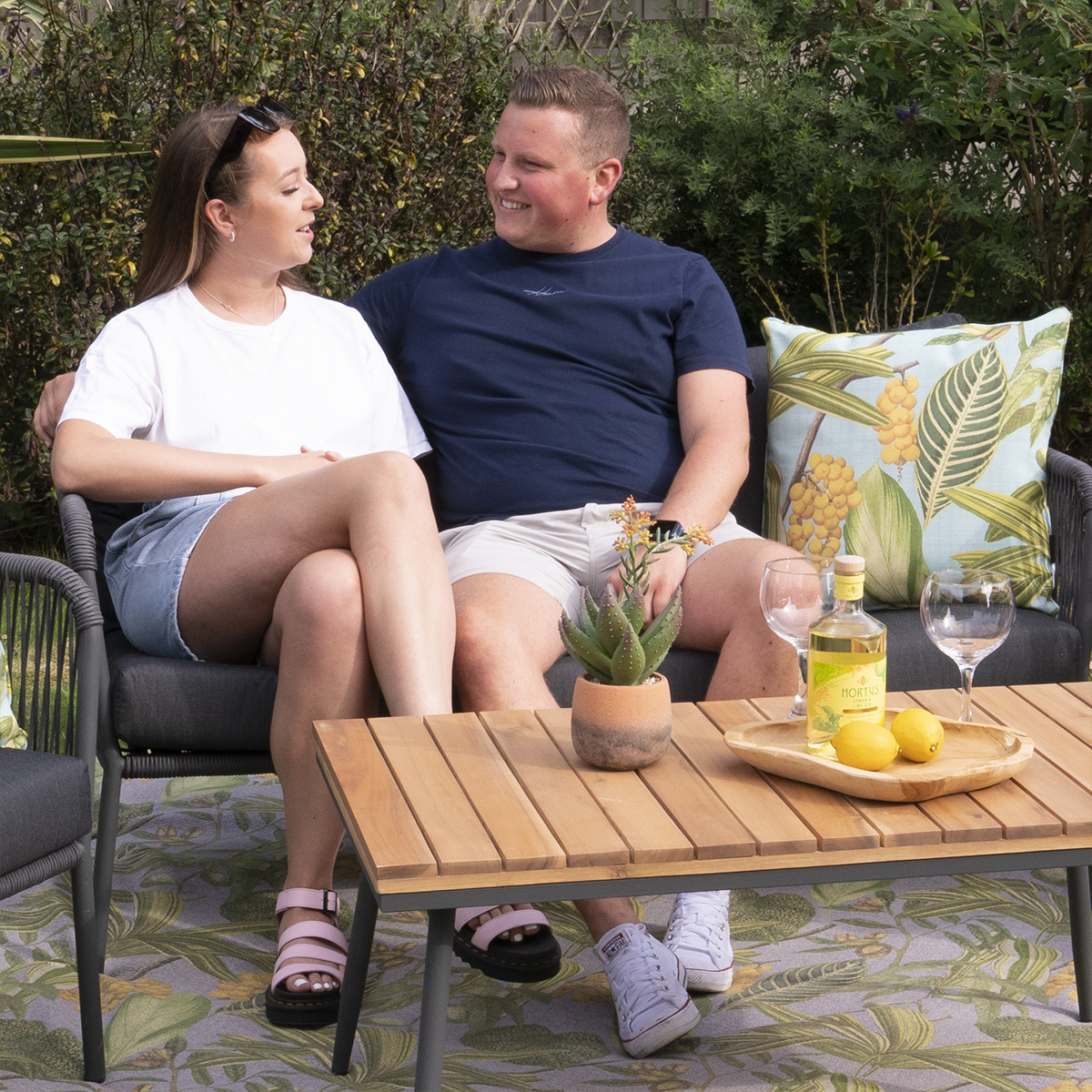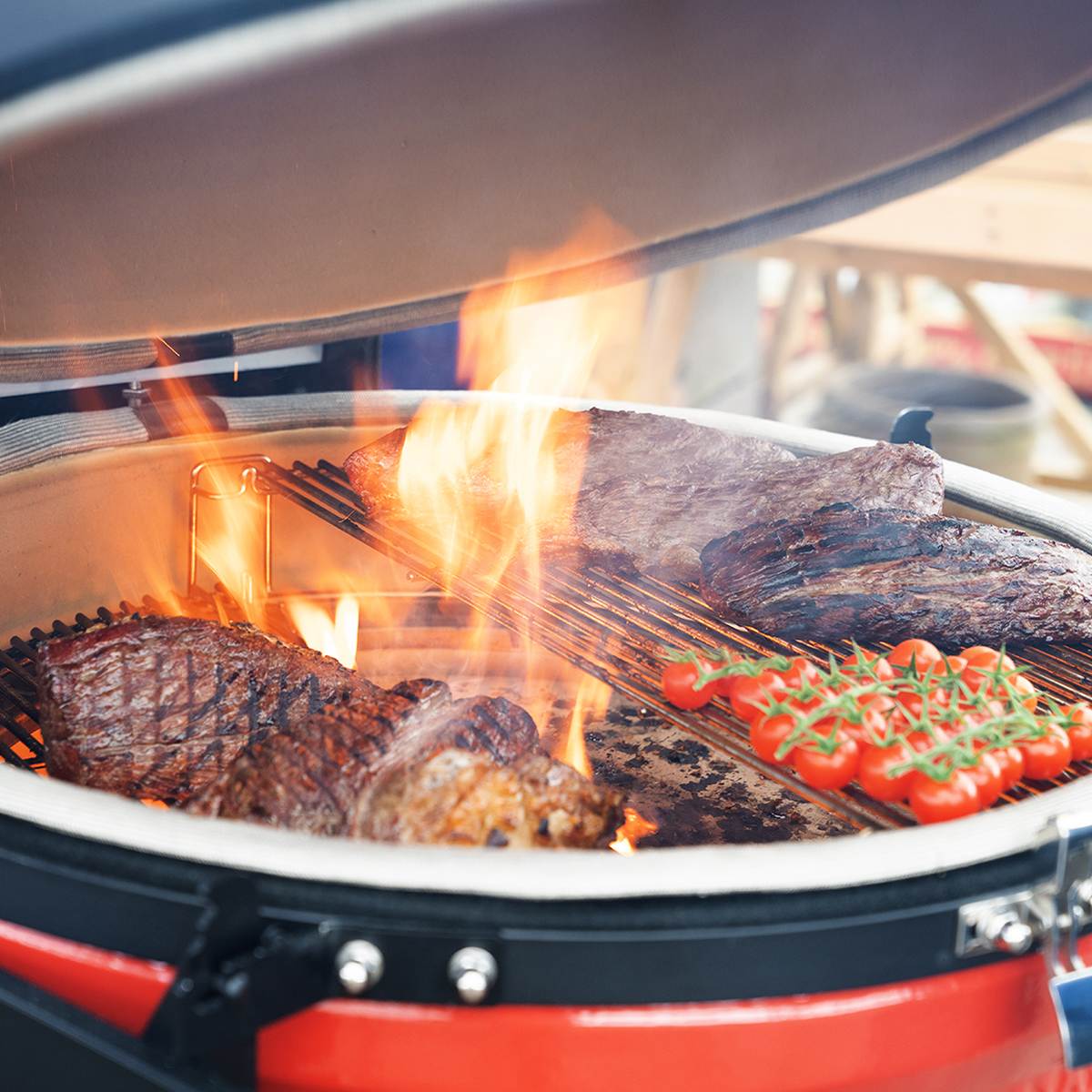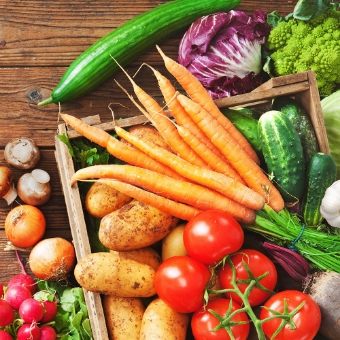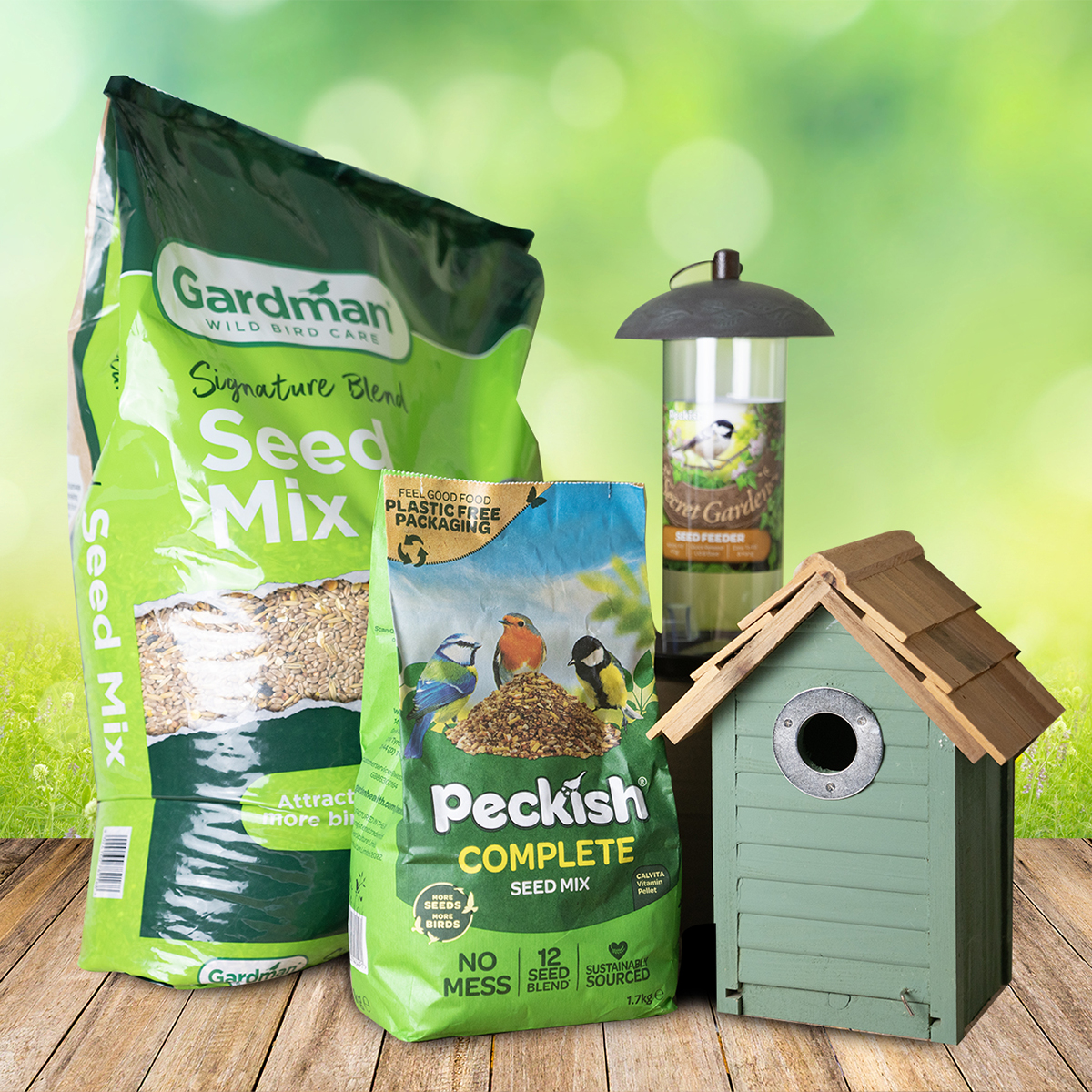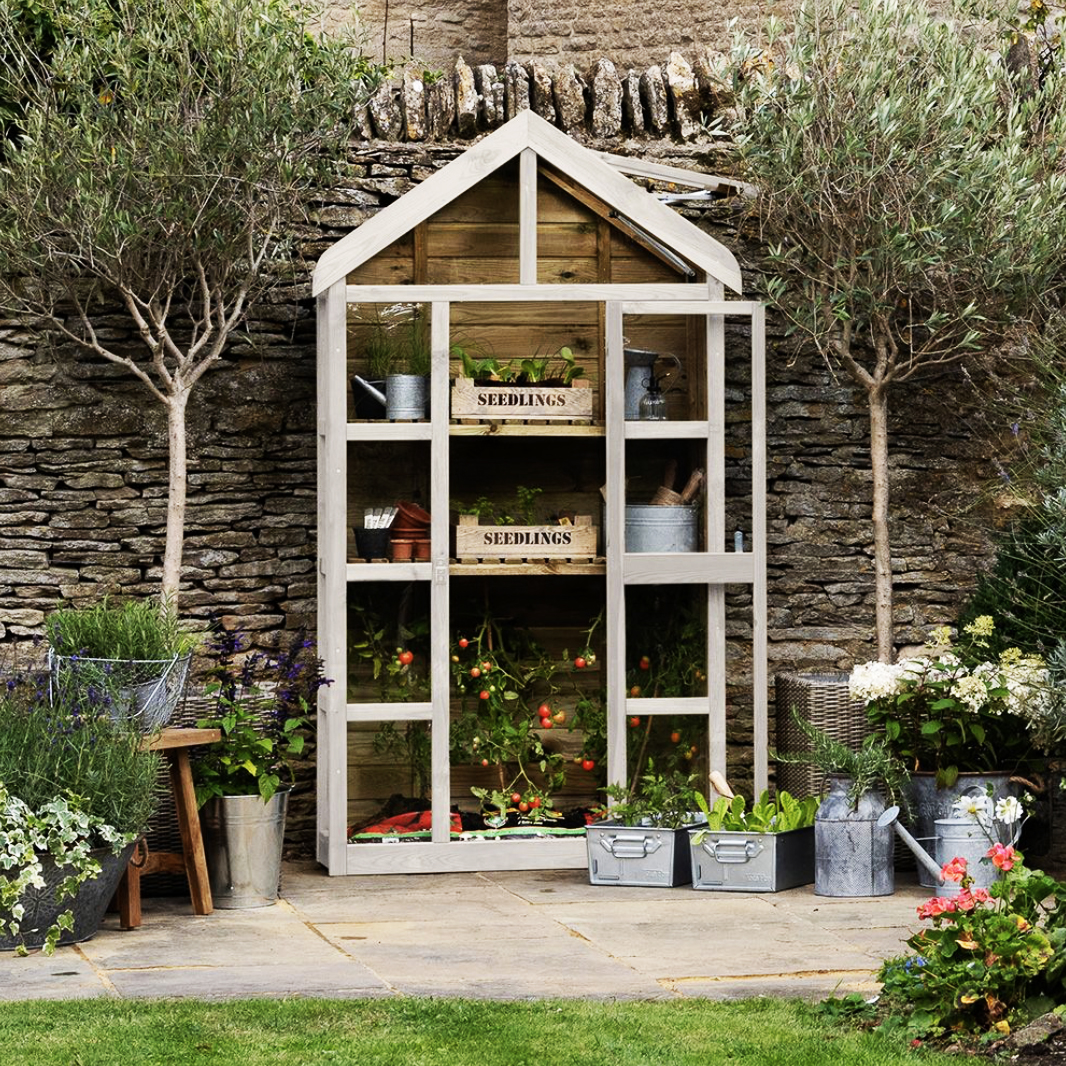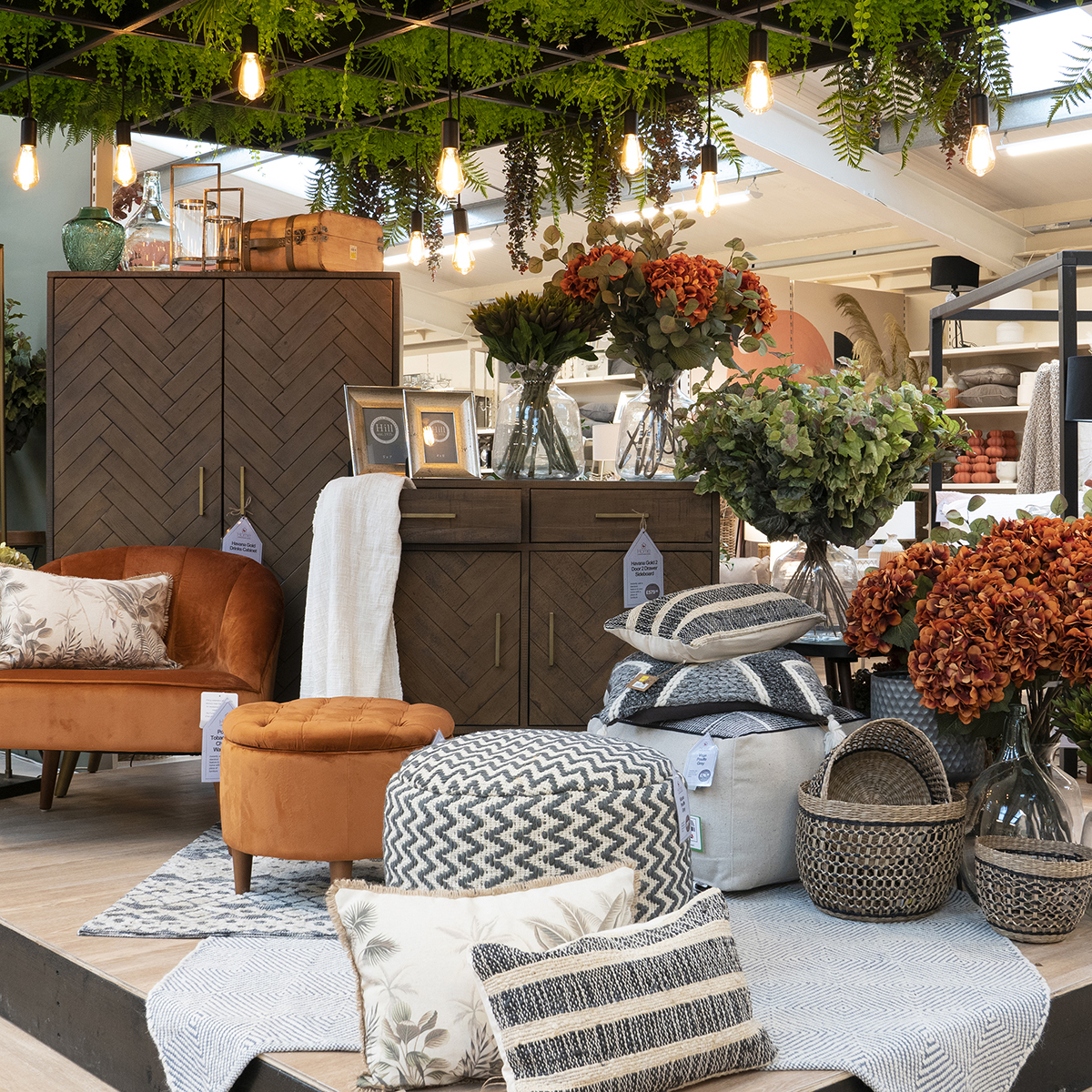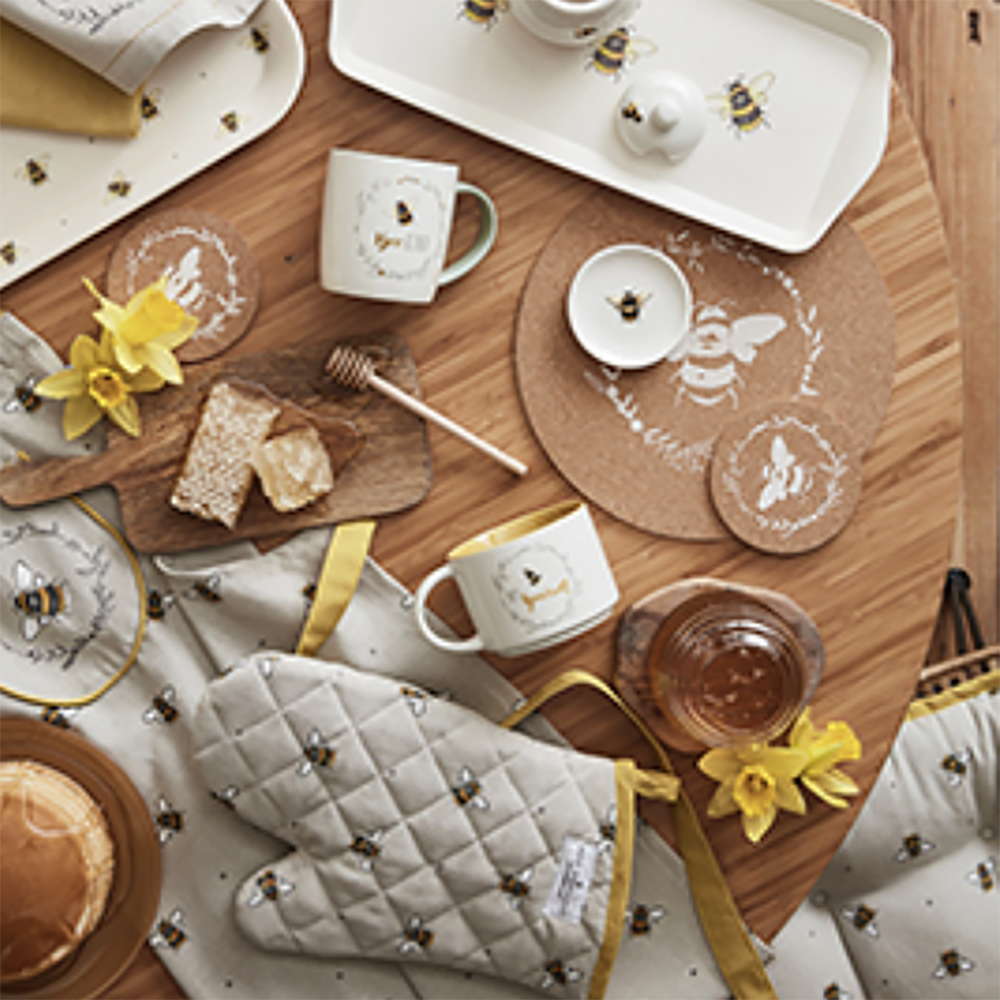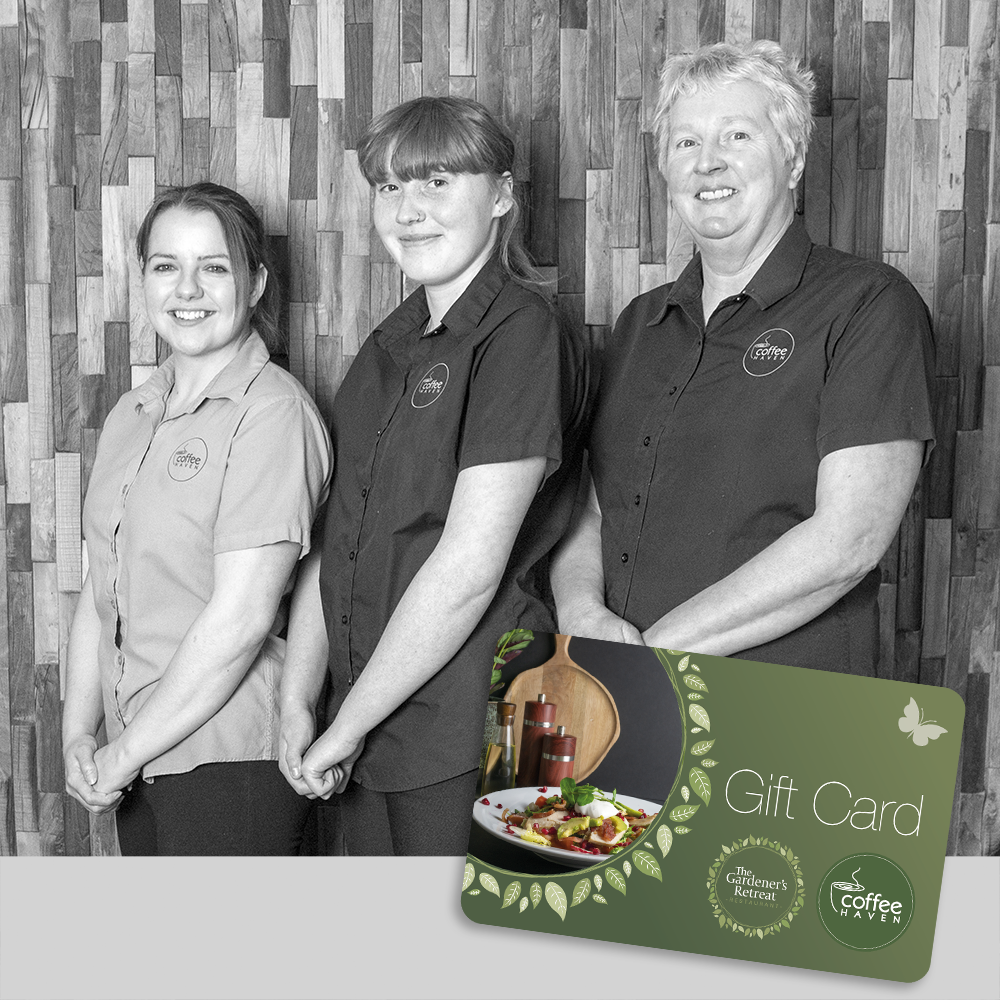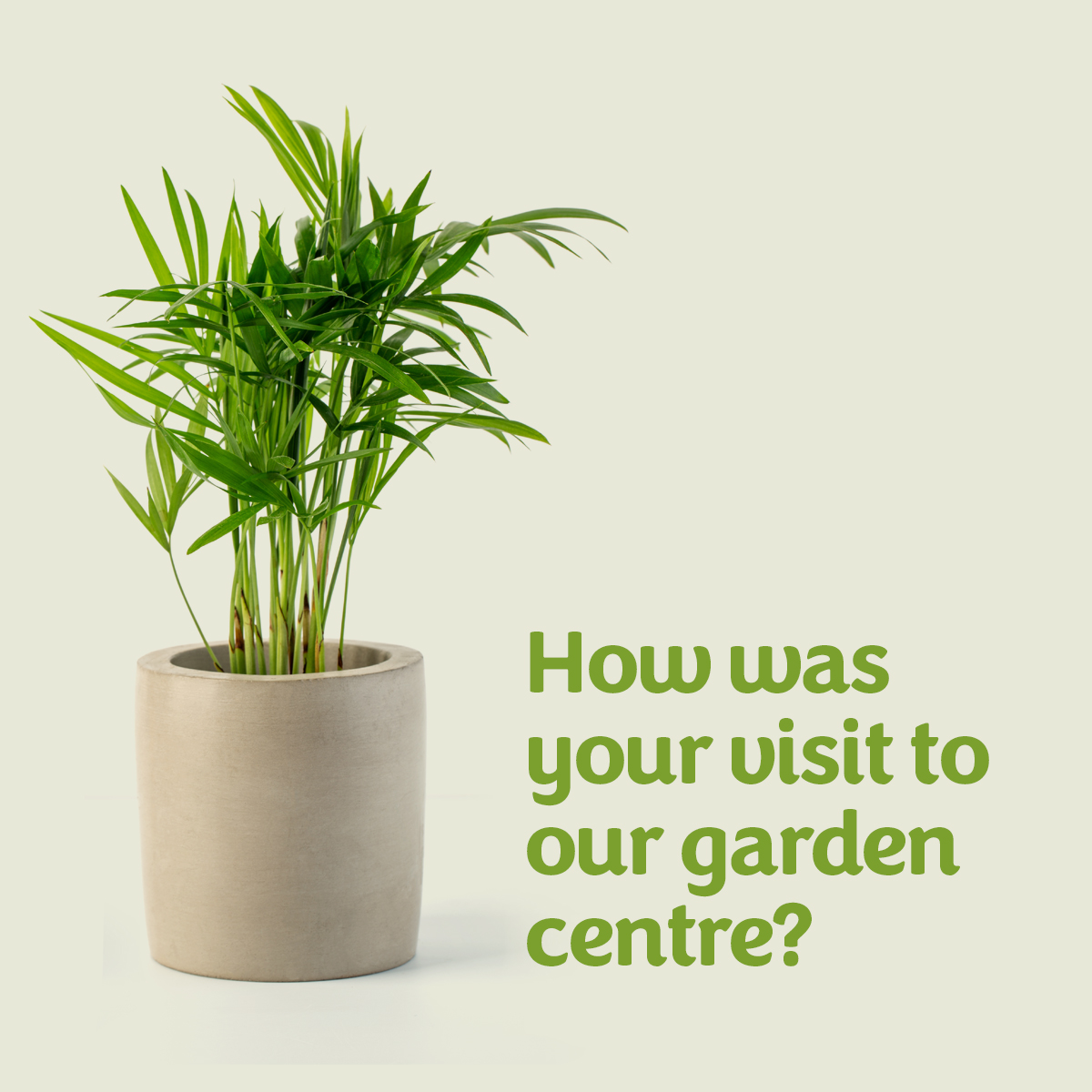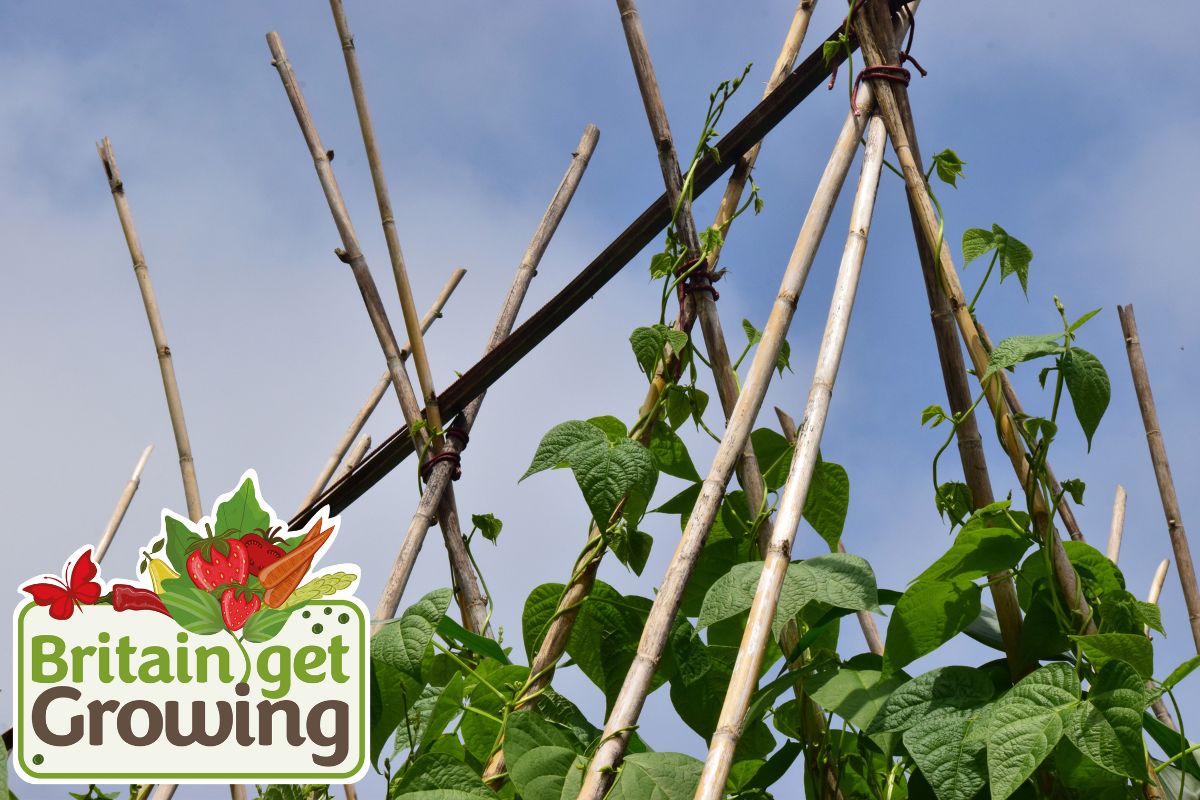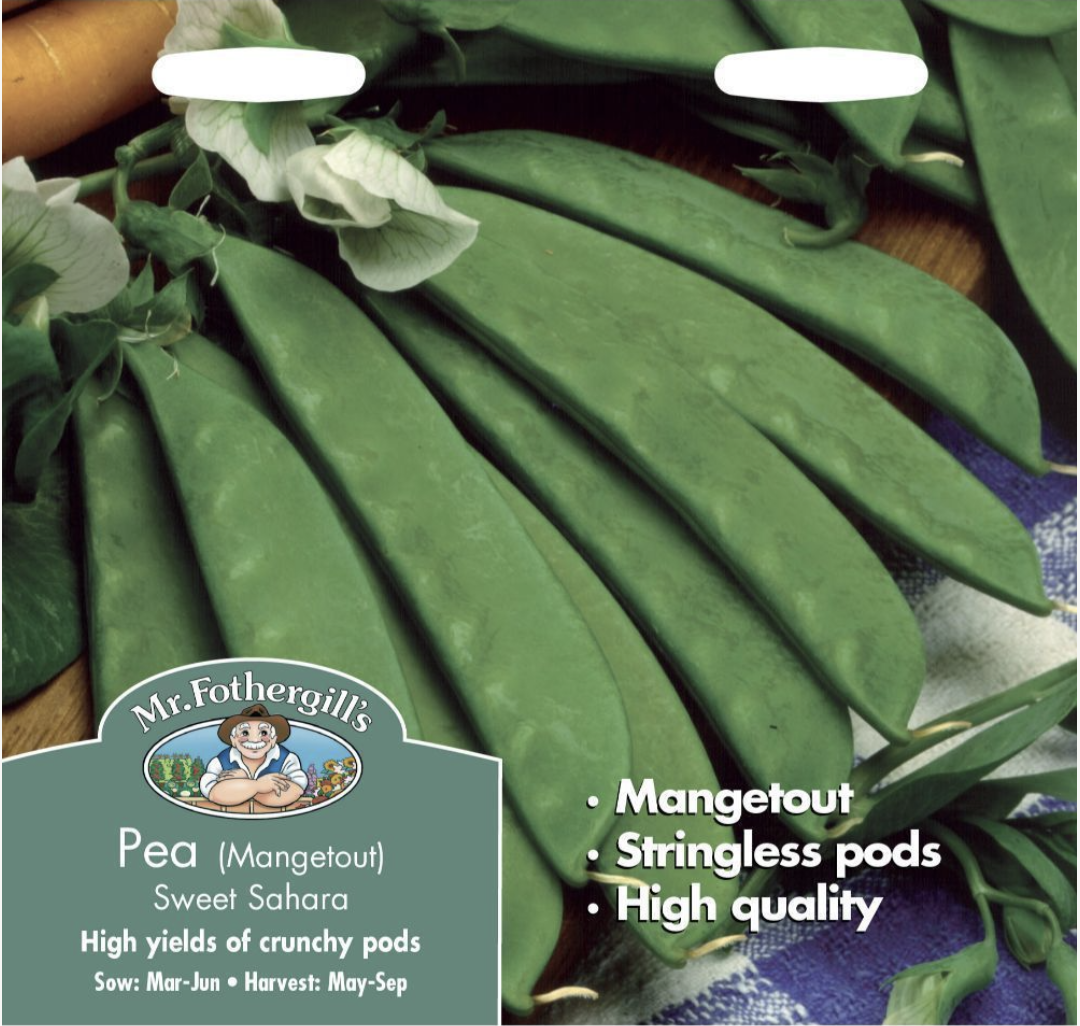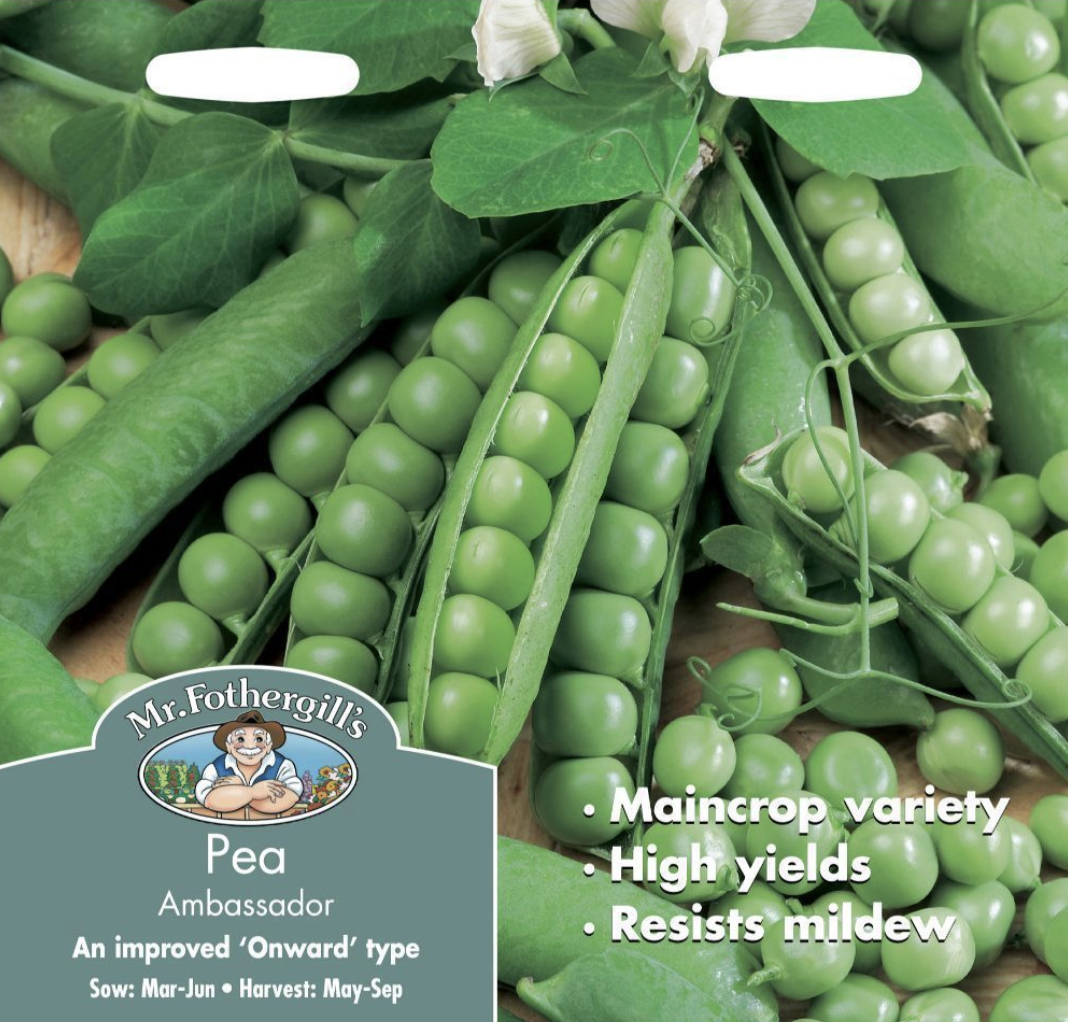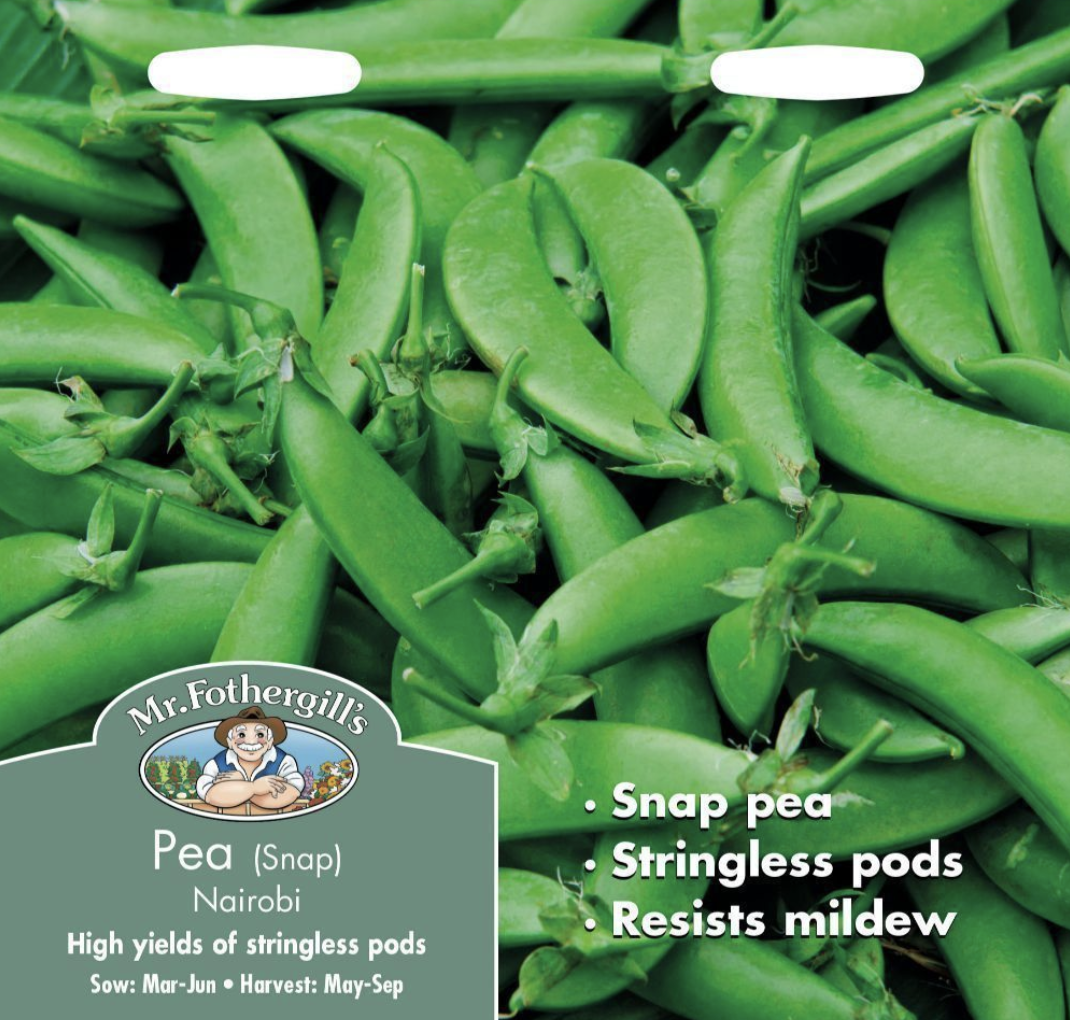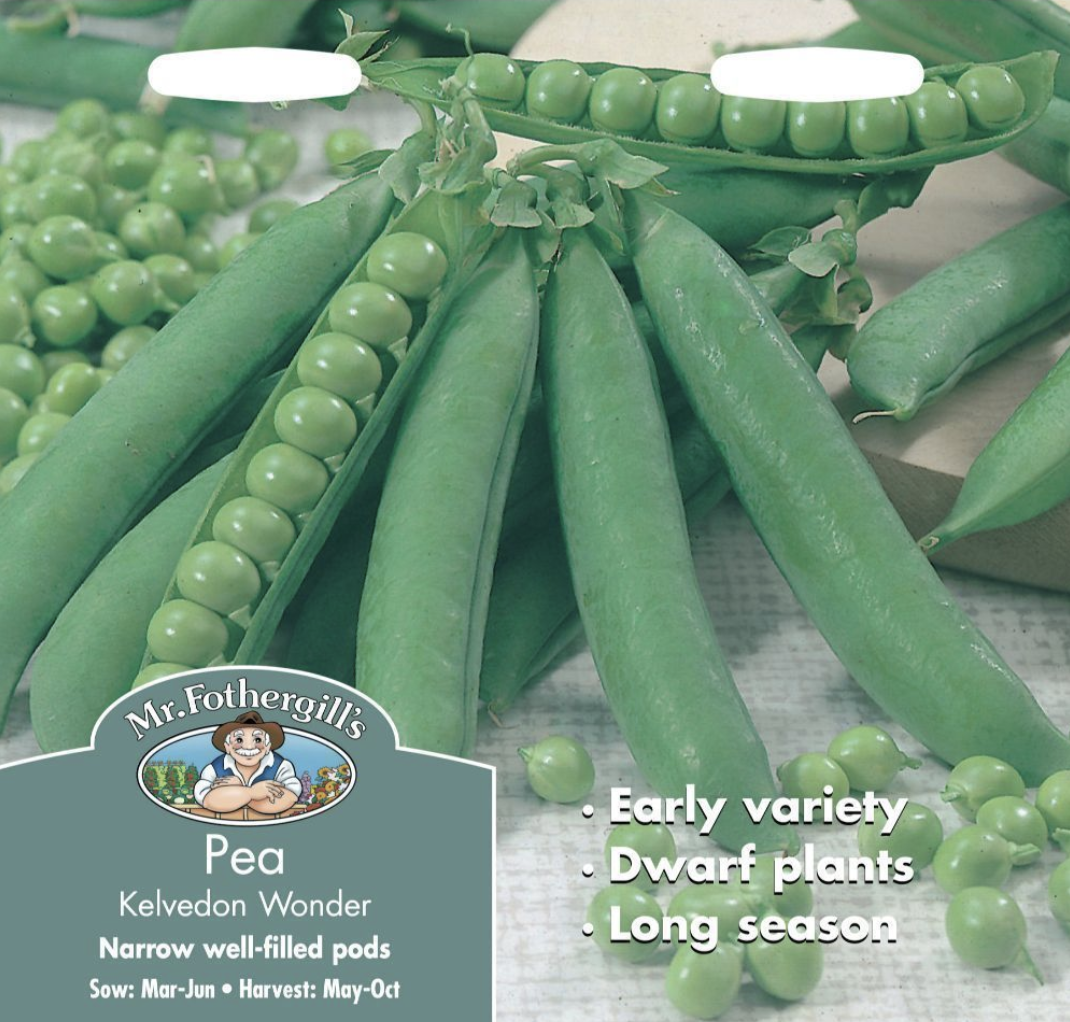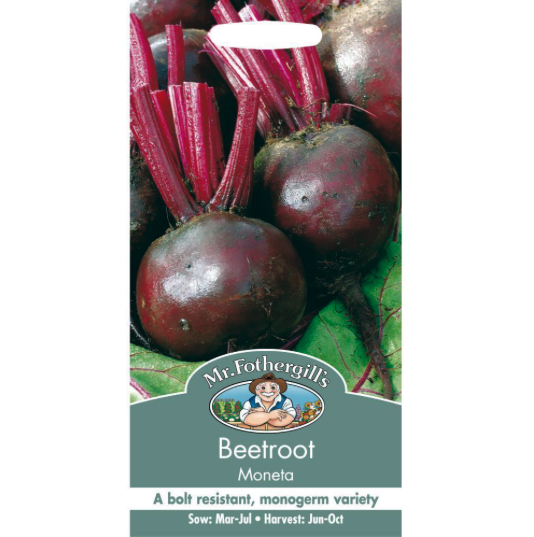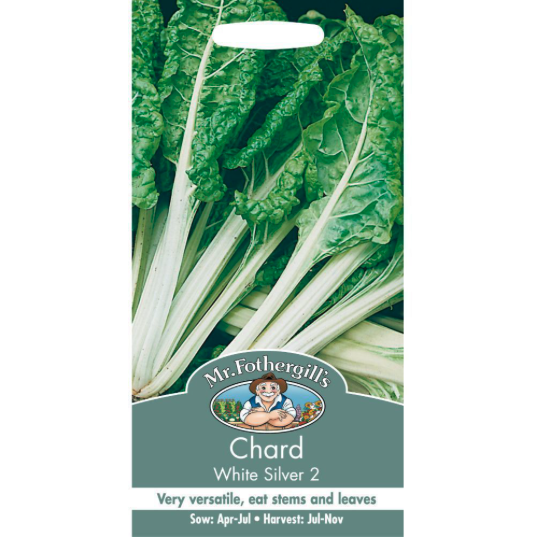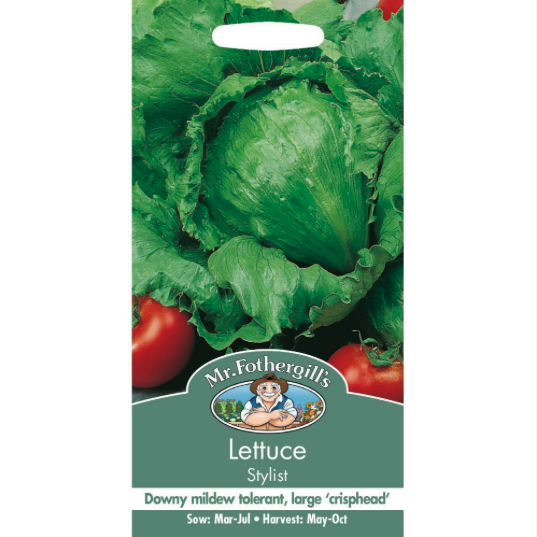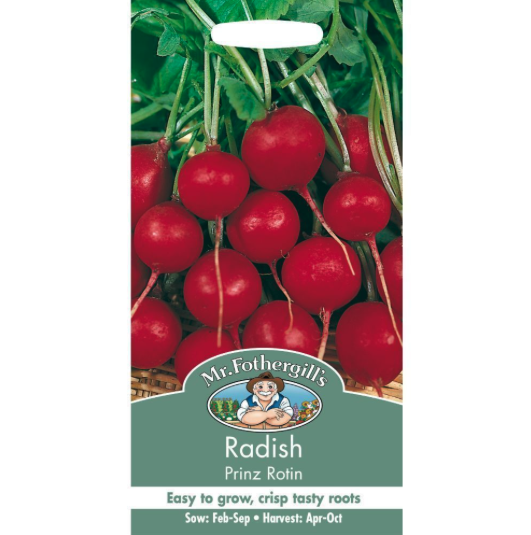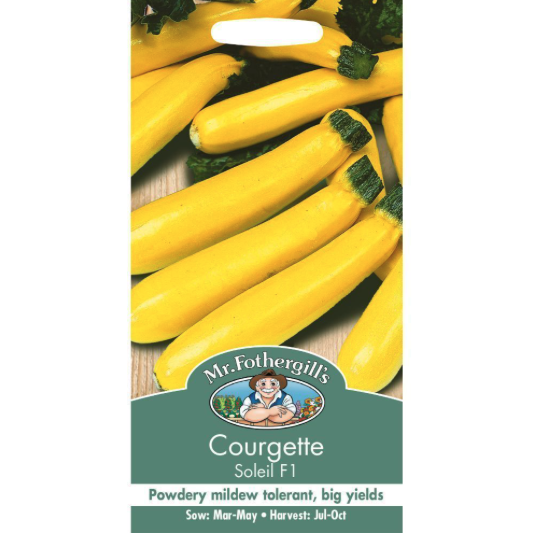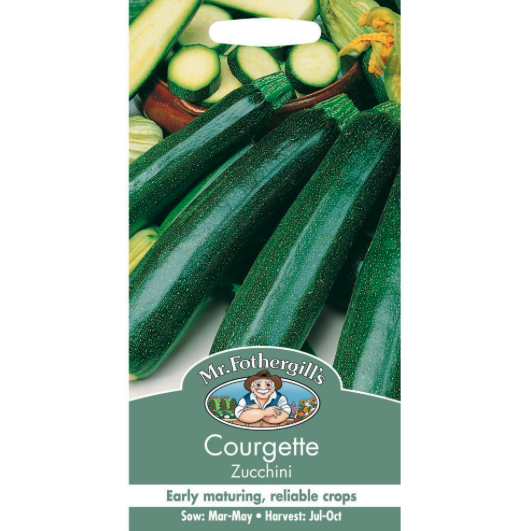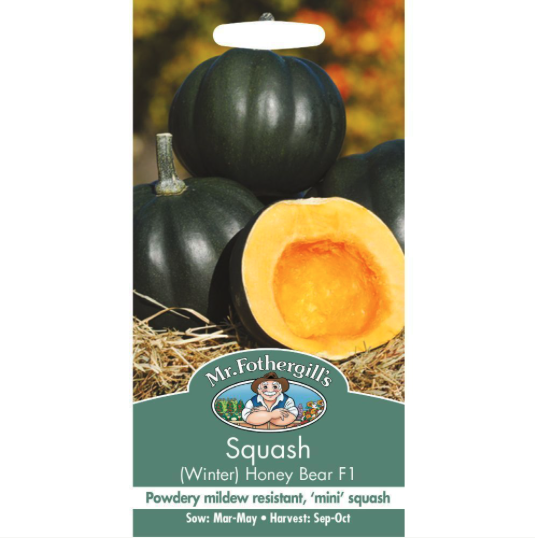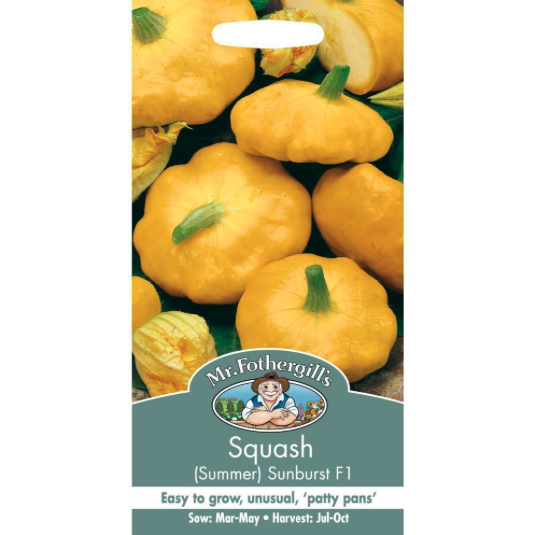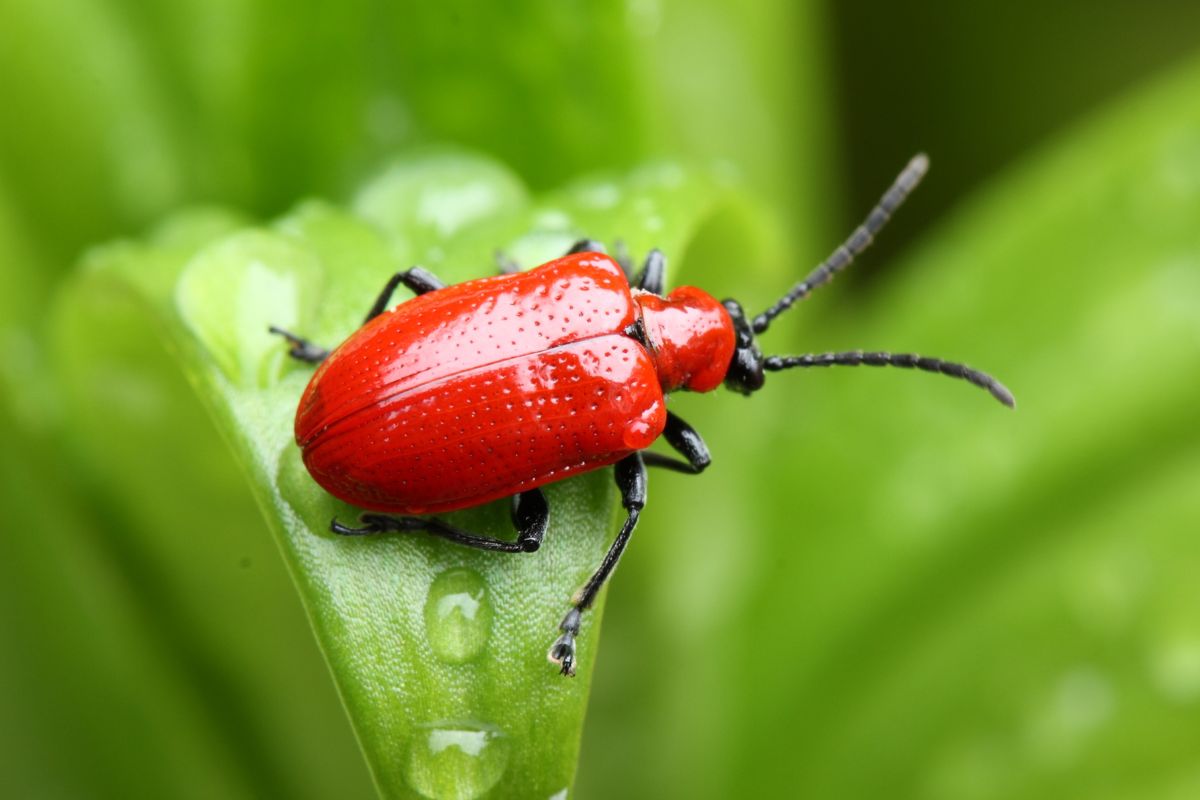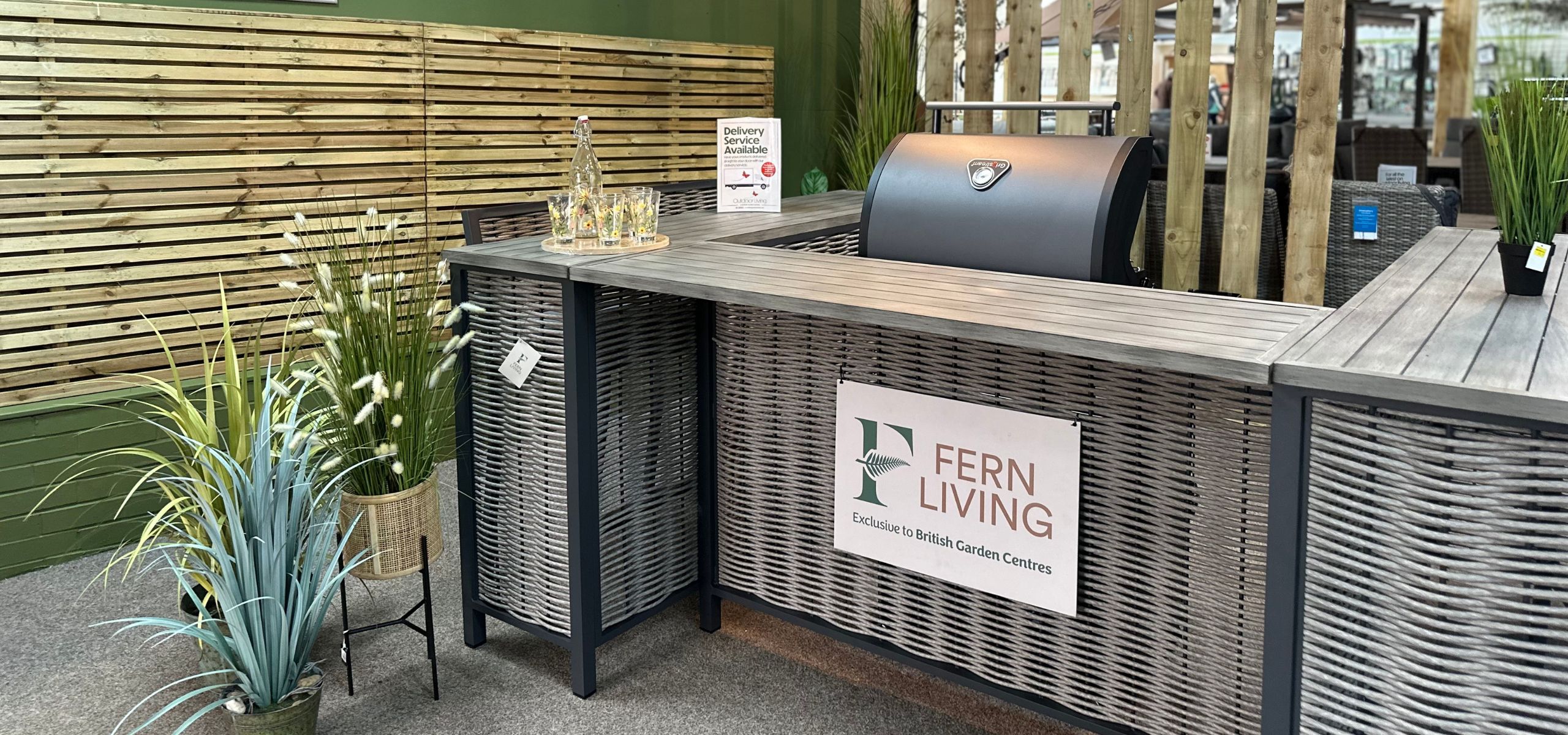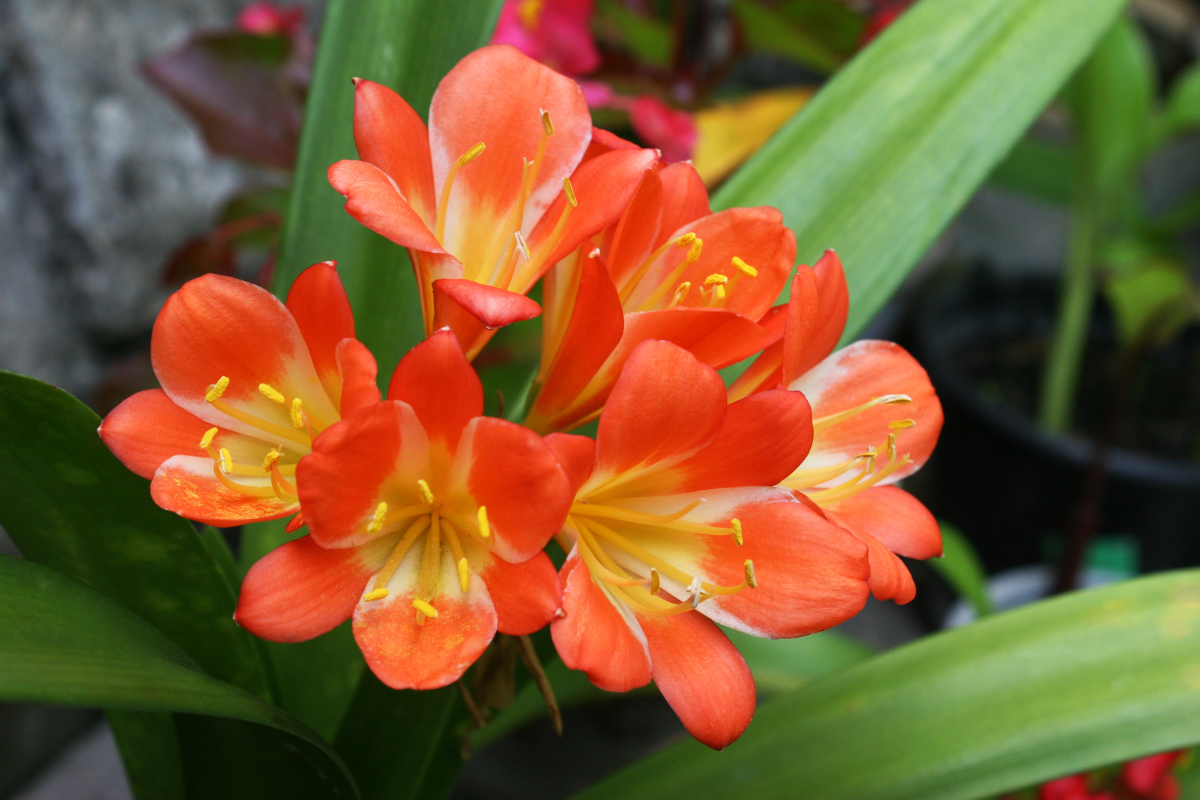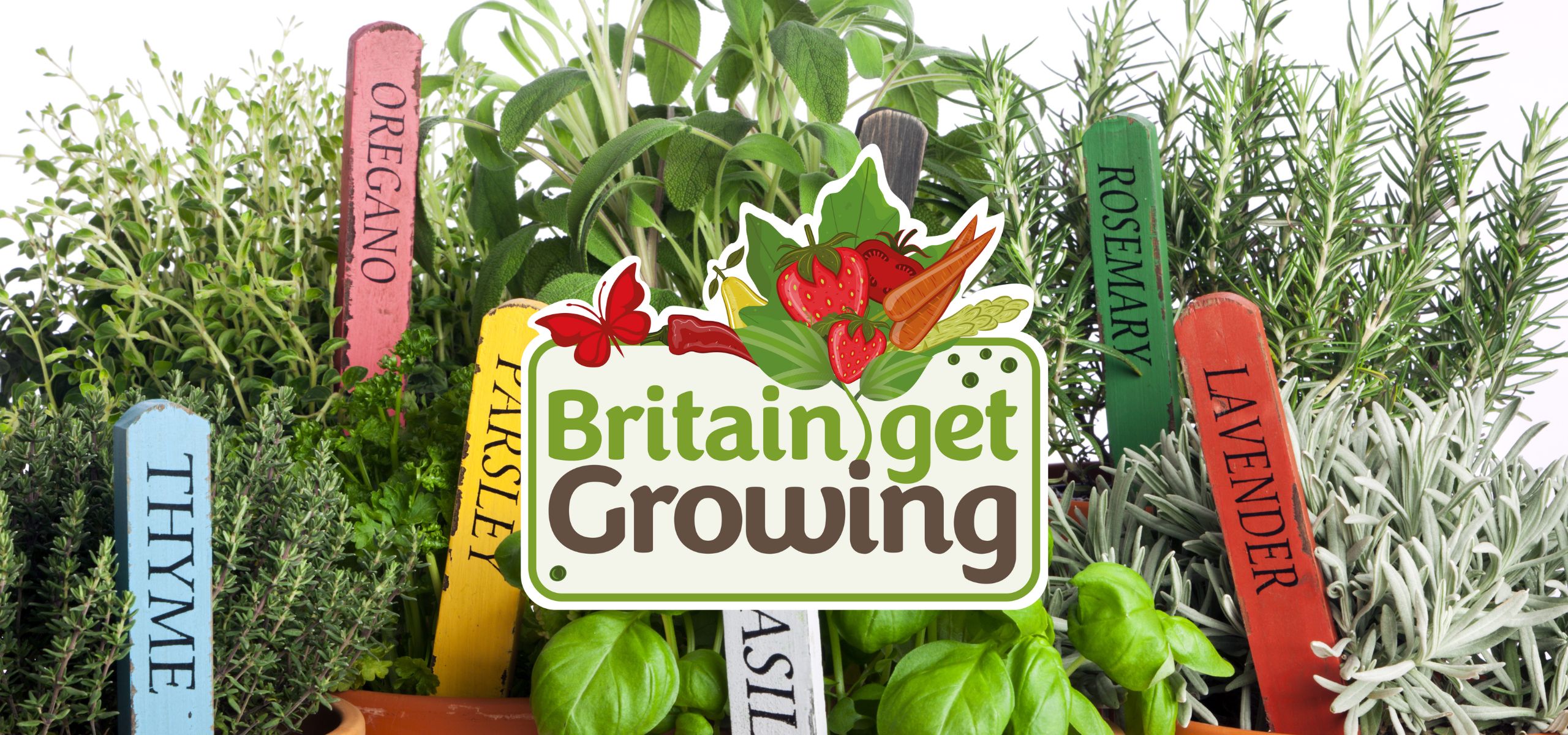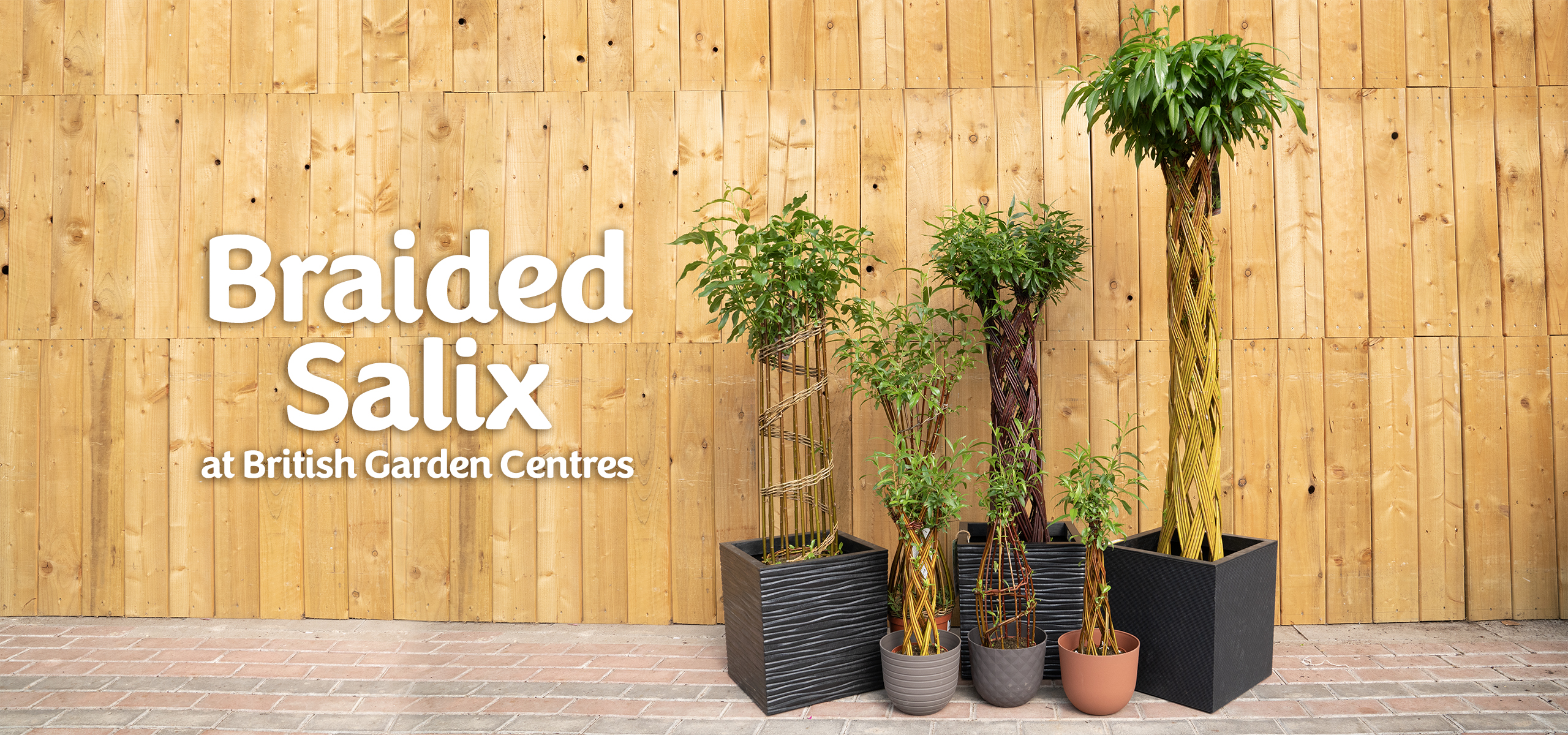Britain Get Growing – Here comes summer! What you can grow in June
Summer is finally approaching, and we start to see the start of warmer and sunnier days and lighter evenings. Your garden is in full bloom with colourful flowers and an abundance of wildlife.
There is still a lot you can grow in June, but you can also start to reap the benefits of your growing journey earlier in the year. Britain Get Growing looks at the month of June with the expert team at British Garden Centres’ top tips for the start of the summer months.
What to plant now in June
Beans
Now is the time to erect support structures for beans, such as bamboo teepees or bean nets strung between poles. You can still sow beans directly into the ground, and plant 5cm deep and 15cm apart. Once the pods begin to form, feed them a liquid tomato feed. It takes 12 to 14 weeks for early bean varieties to reach maturity, while it takes 16 weeks for maincrop beans.
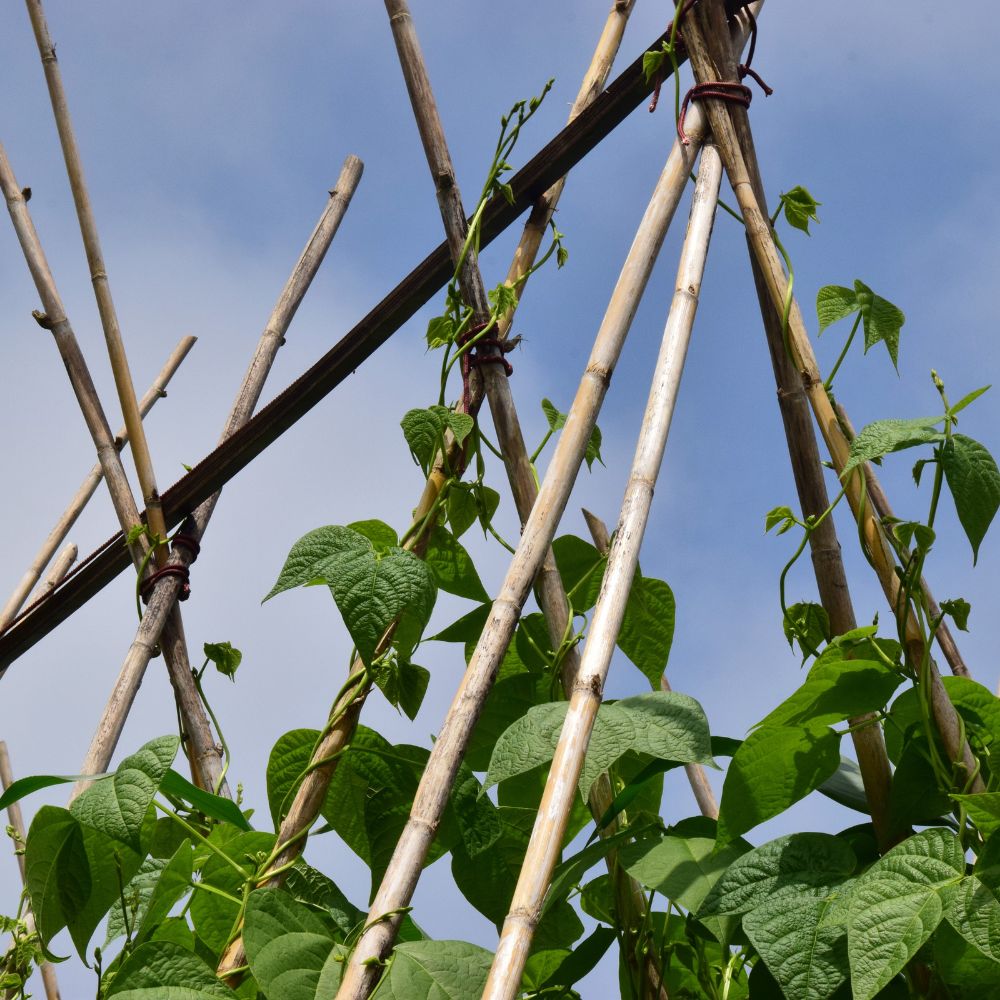
Peas
Peas, mangetout and sugar snap peas can still be sown in early June. As we’ve had a colder start to the year, the gardening calendar is about two weeks behind so these can be sown directly into the ground now. Peas need regular watering, especially during dry spells and if sown now will be ready to pick in September even throughout October if the weather stays mild.
Sow the seeds 2-3 inches apart in 2-3 inches deep drills and don’t forget to support them with bamboo canes as they start to grow.
Broccoli
You can plant broccoli in June in moisture-rich, fertile soil that has been well-drained and ensure the soil stays moist during germination by spraying it with water.
You should allow 35 cm between seeds and 45 cm between rows for broccoli. Plant seeds in drills of 1cm – 2cm. Seedlings and seed beds should be covered with fleece to keep cabbage root flies away. Water every 10-14 days during dry weather. A high-nitrogen fertiliser can help with growth.
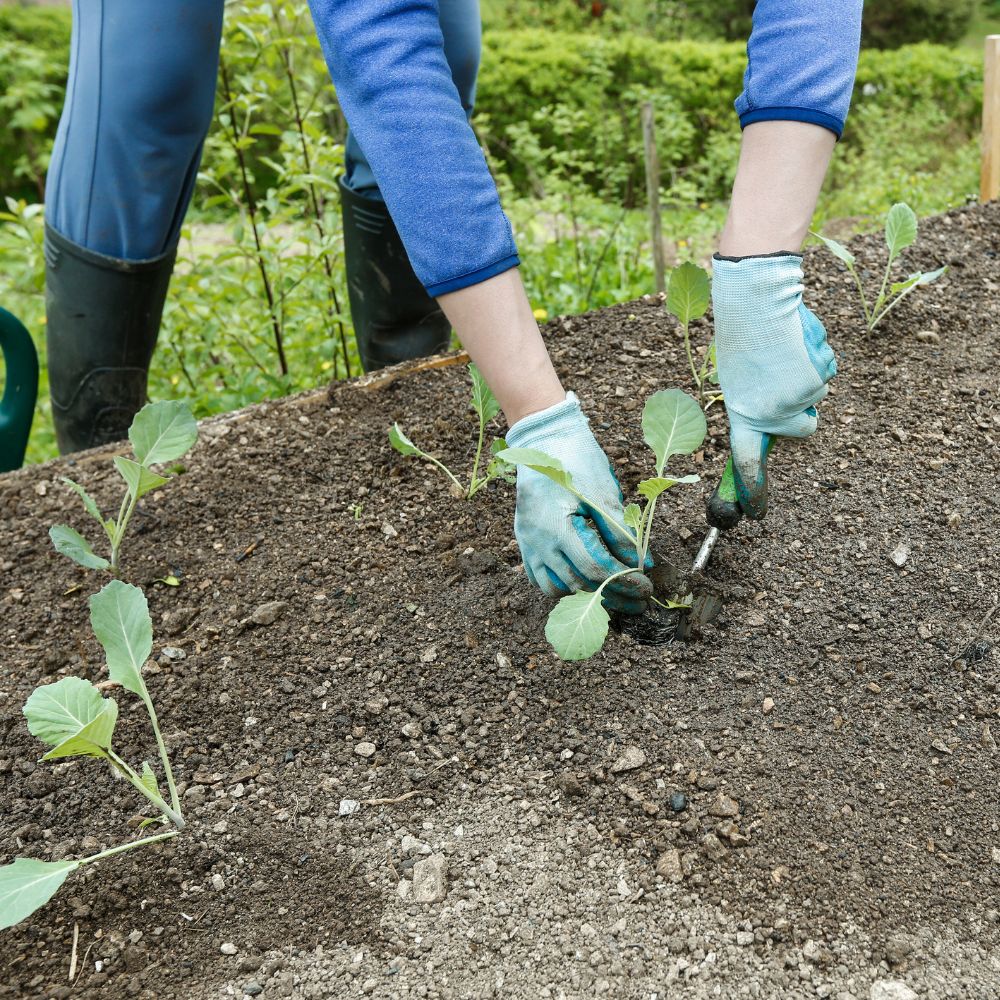
Leeks
If you want to make leek and potato soup all winter, now is a good time to sow leek seeds outside.
To sow leek seeds, draw a straight line in the soil about 1cm/1/4in deep. Spread the seeds evenly 2cm/3/4in apart, and firm down the soil gently over the seeds. If making a second row, space it around 10cm/4in apart from the first row.
Leeks are ready to harvest once the shaft reaches 3cm. They can be left in the ground over winter, so they can be harvested as needed until March of the following year.
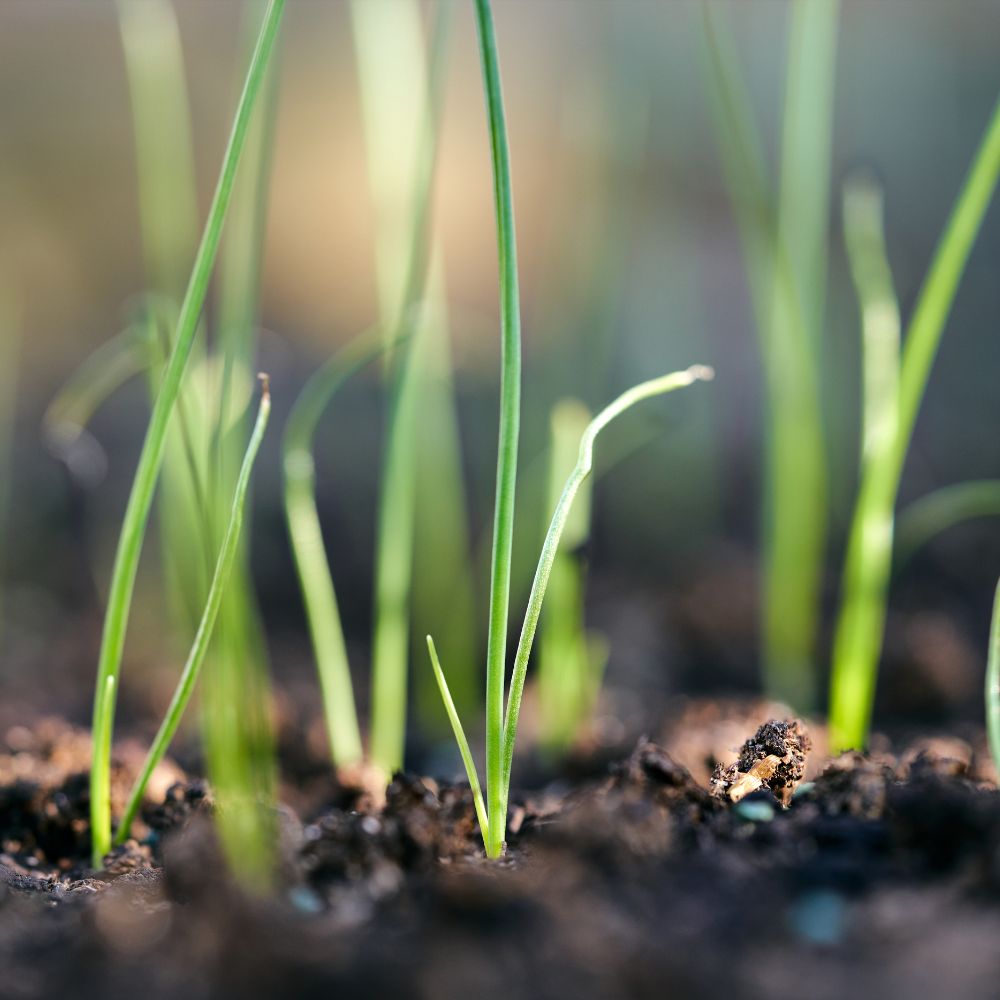
Courgettes/Squash/Pumpkins
All vined plants like courgettes and squash can be sown direct into the ground in June.
They love to be planted in full sun and Compact varieties will require only 1m between plants, the more sprawling varieties require like pumpkins will need about 8ft between plants. As a guide, squash and pumpkins should be ready to harvest in the second week of October, just in time for Halloween!
GYO Maintenance
Here are some other jobs to do in June to make your garden keeps on growing!
- Make sure you protect any crops you need with fruit cages or netting to keep pests, squirrels and birds away.
- June is also the time to harden some of your plants in our greenhouse. Bring your tomato plants outside and plant them at the base of prepared supports and canes.
- Early June is a period when fruit trees are active. Newly planted trees need special care and regular watering during hot weather.
